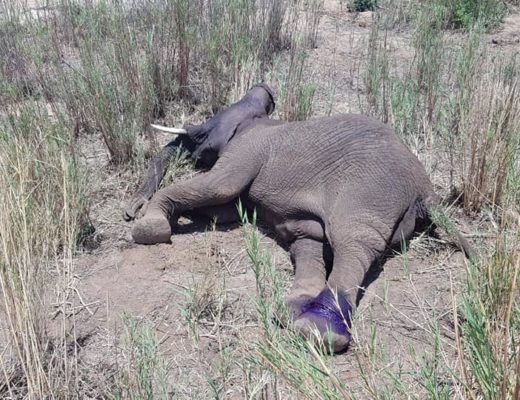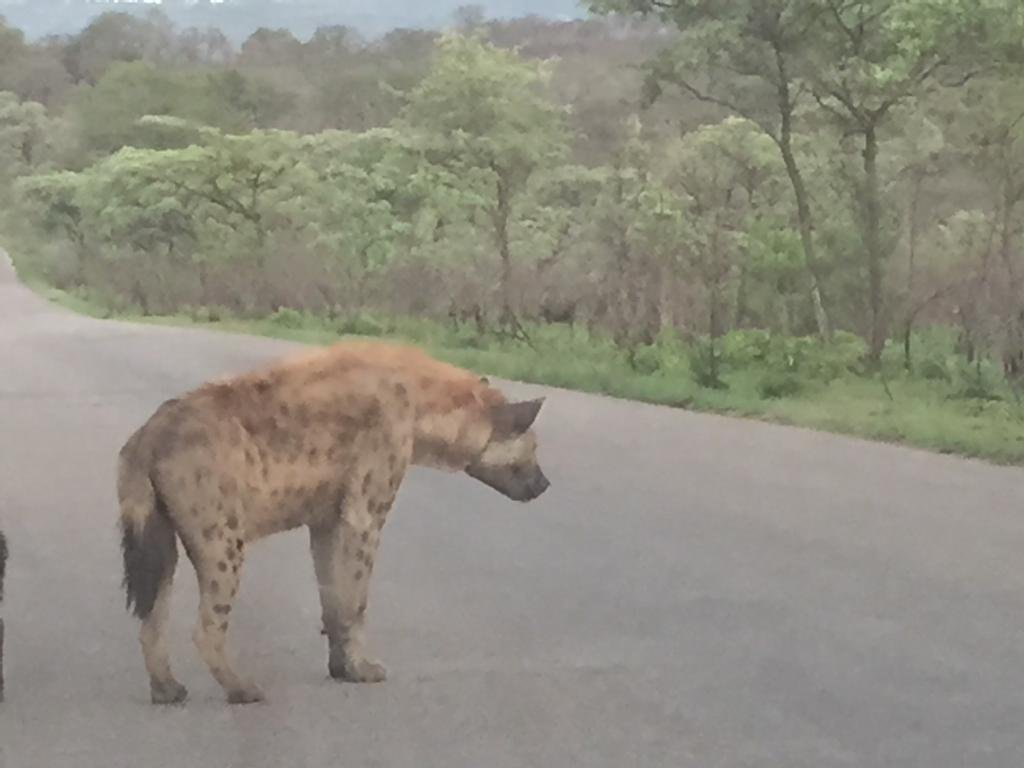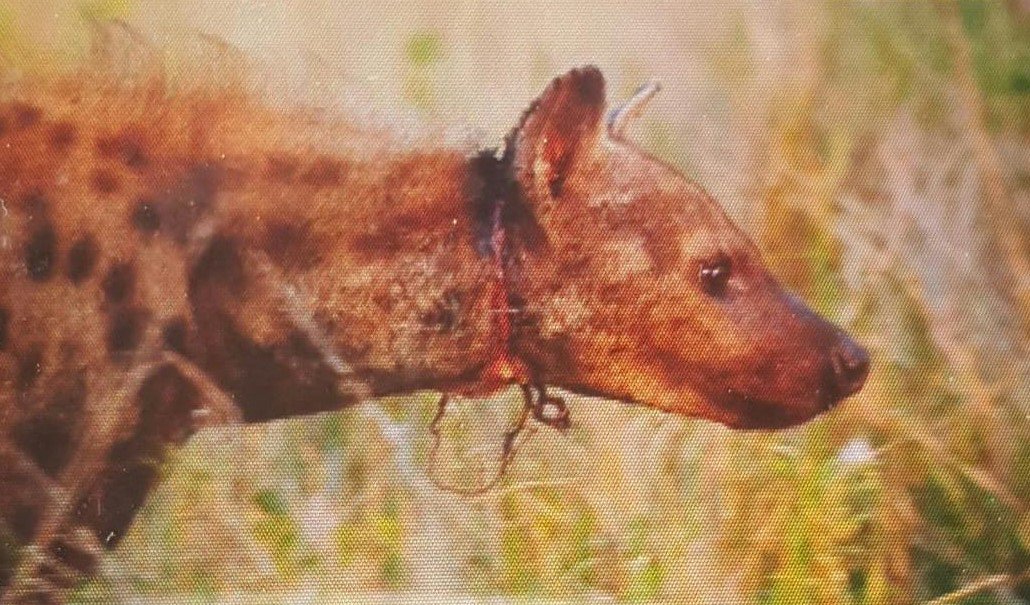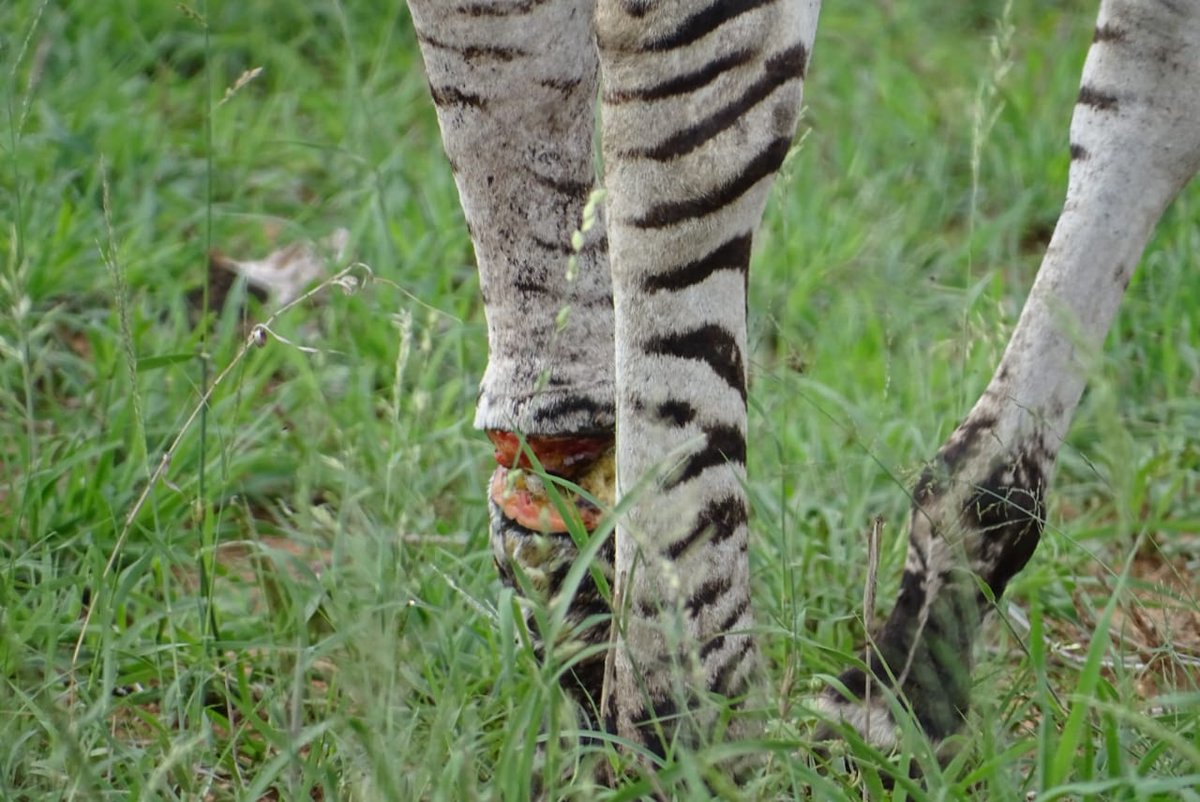One snare down, many more in the field

Often these hurt animals fell prey to predators due to their lack of mobility.
3 hours ago
Mariana Balt
SKUKUZA – Yet another animal had to be rescued from a snare in the Kruger National Park (KNP) last week.
This time a young elephant bull was relieved of the painful wire snare around a leg.

The animal was spotted for the first time in October and was located with a chopper off the S100 near Satara last week, after a guide saw him again.
The Facebook page Enough is Enough reported that a vet was around and the chopper available. The elephant was darted and the snare removed. His leg was treated and he was up and about shortly after.
This was, however, but one incident among many. Snaring is a serious threat to animals in the park. During a media visit to the K9 unit near Phabeni Gate recently, manager Johan de Beer told journalists that the unit alone, with the help of honorary rangers, removed about 1 600 snares from the KNP’s western boundaries during 2018. About just as many were removed by the Pretoriuskop rangers section.
Although the dogs of the unit are mostly deployed in anti-rhino poaching operations, they do assist with the removal of snares when encountered.
De Beer said snares are mostly set to catch smaller animals like impala for bush meat, but some are also targeted for muti.
Larger animals such as elephants are not actually targeted, but accidentally walk into those put on paths. Due to their size, they easily break loose from the trees to which snares are tied, but then suffer from the traps around their feet or even trunks.
Often these hurt animals fell prey to predators due to their lack of mobility or starve to death with snares around their necks. Wild dogs and hyenas are especially prone to the latter.
A few months ago De Beer and his colleagues came across a buffalo caught by lion, with the devastating consequences of a snare around its head clearly visible. “In this specific case nature actually came to the rescue of the animal, since a painful and extended period of suffering was cut short,” he said.
Even fish and birds are targeted. De Beer showed examples of traps used to catch birds or smaller animals as well as throw-nets used to catch fish in the bordering rivers and dams near enough to the borders to be reached by poachers.
With about two million people living adjacent to the western border of the KNP, of which 40 to 60 per cent are unemployed, snaring remains a real threat to the animals of the park.
https://lowvelder.co.za/463102/one-snare-many-field/
Please check Needs Attention pre-booking: https://africawild-forum.com/viewtopic.php?f=322&t=596





